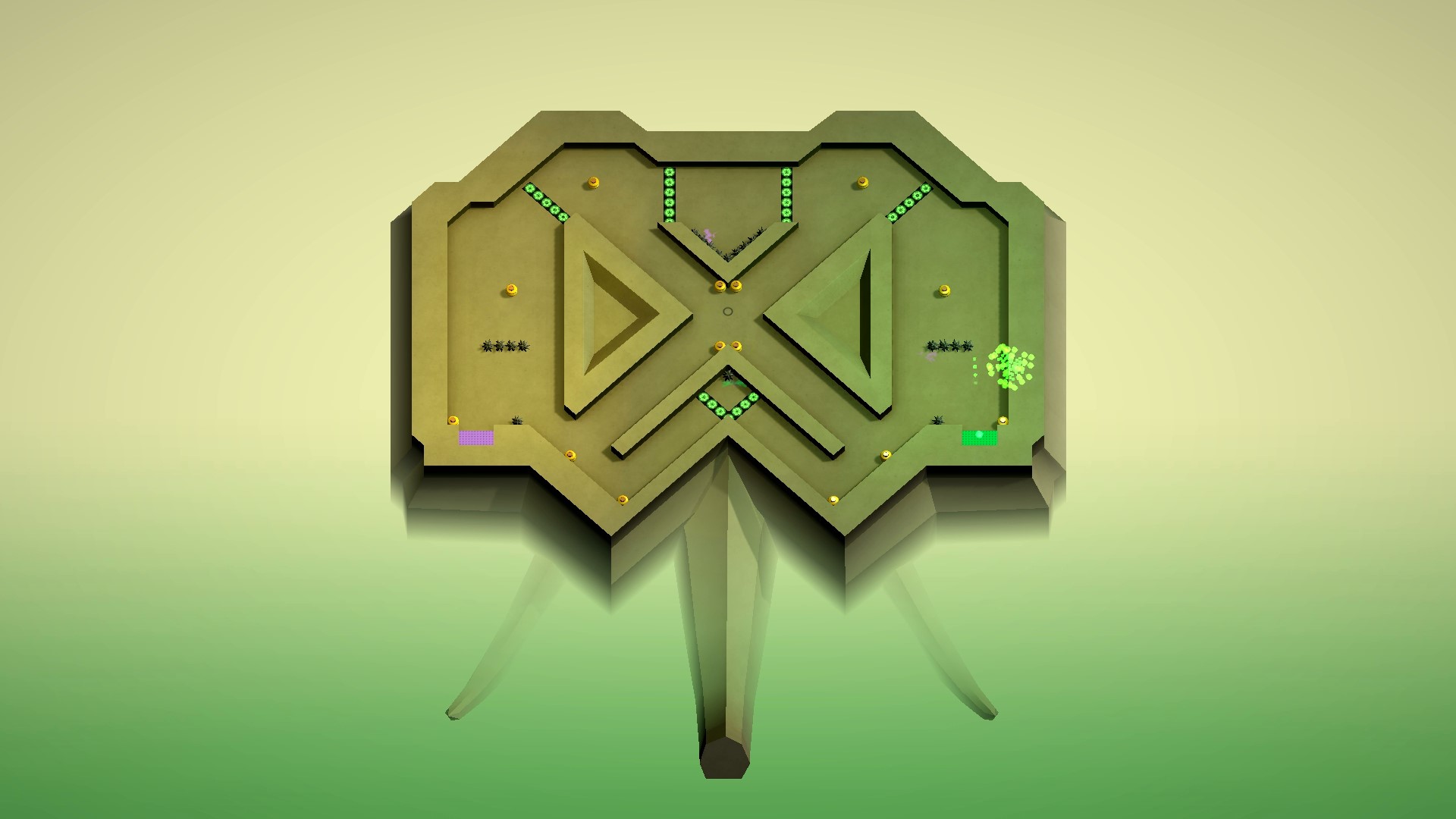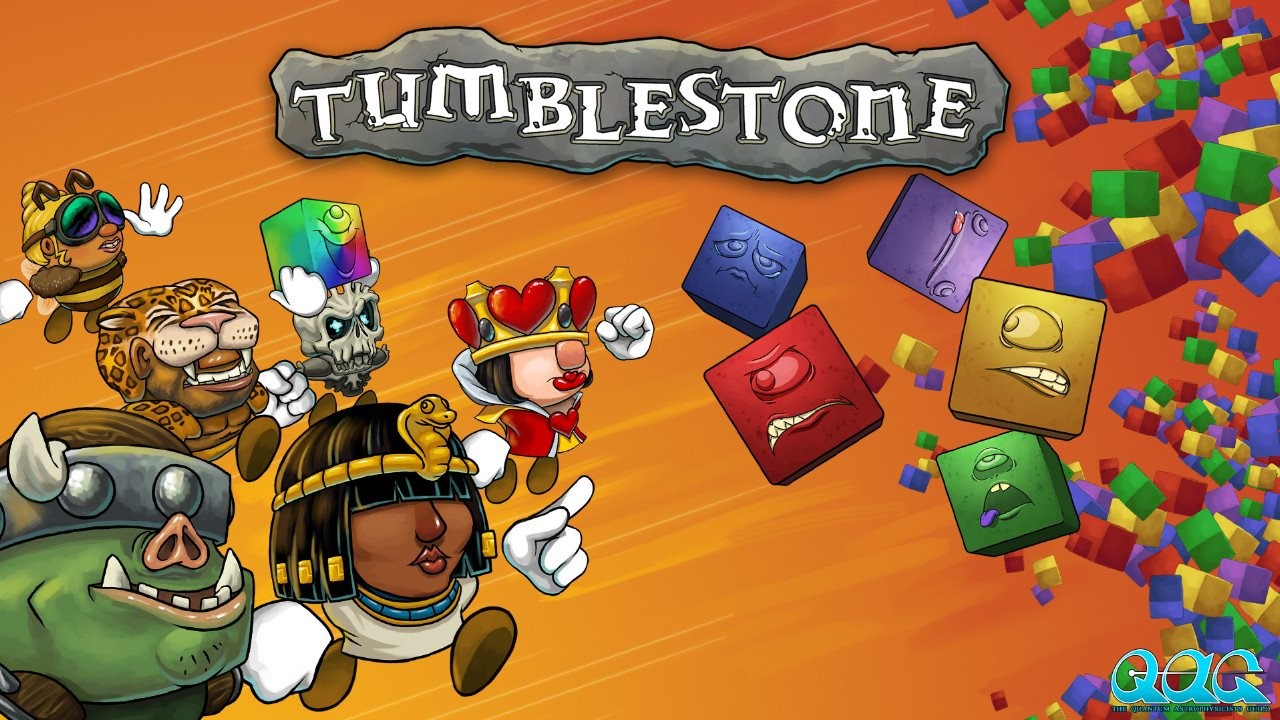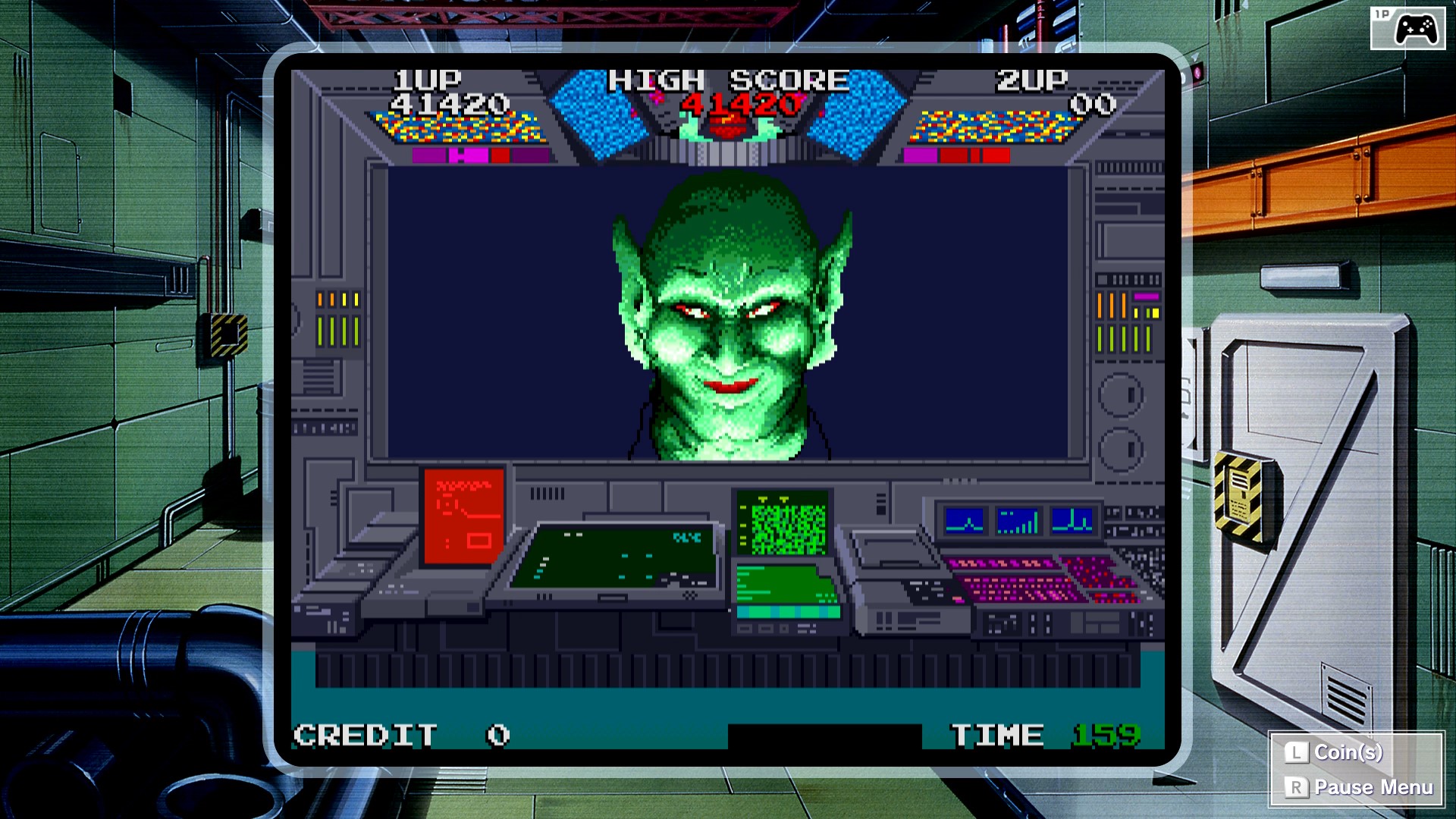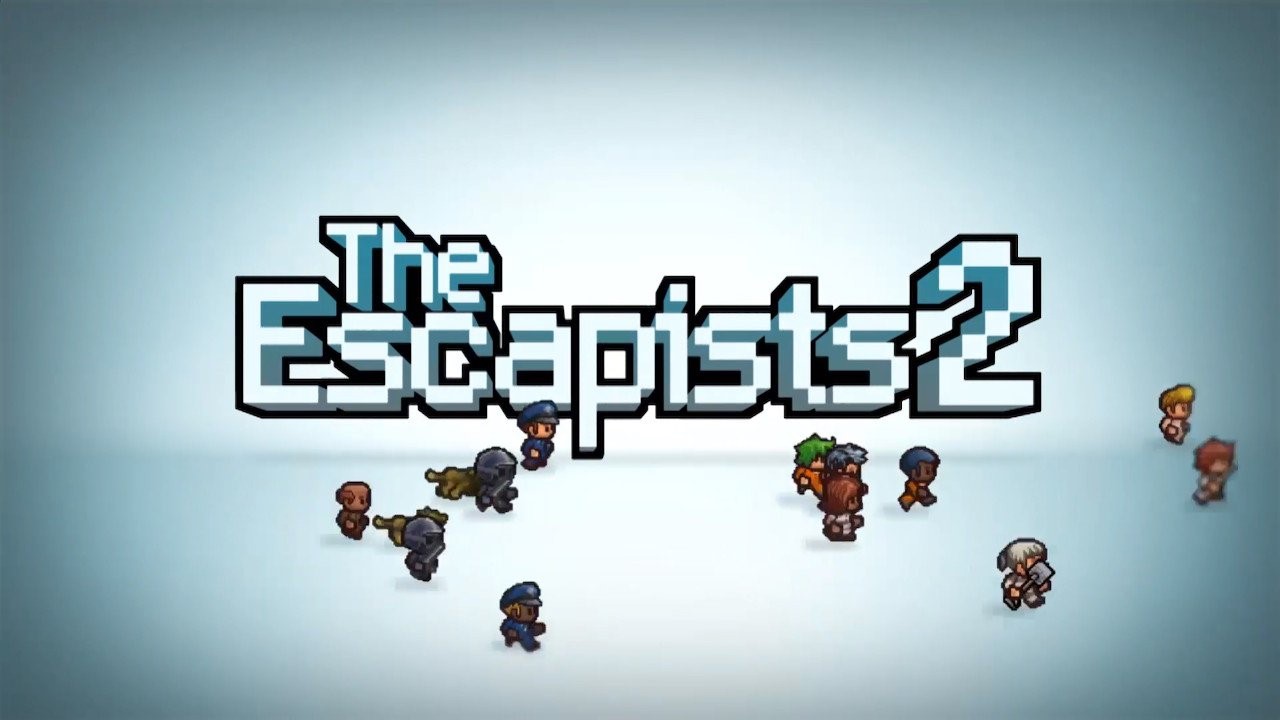Got Milk?
Go on. Judge it by its title. Milk inside a bag of milk inside a bag of milk and Milk outside a bag of milk outside a bag of milk. It’s a beast.
However ludicrous it may seem, the title encapsulates what you should expect from the duology. The repetition is disarming, but the words are mundane. Our protagonist’s goals are similarly simple—a trip to the store and a bedtime routine—but her perception distorts these events into nightmarish scenarios. The recursive title also mirrors the protagonist’s attempts to cope with the world through wordplay and obfuscation. Even the distinction between “inside” and “outside” represents the shift in perspective between the two entries. What seems random at first glance is exactingly intentional.
You can also look at the title and think it’s beyond stupid, rendering my commentary irrelevant. “Milk 1 & 2” delight in their own inaccessibility and eschew a clear narrative for surreal commentary. Being visual novels, they traded gameplay for text boxes. Your enjoyment also hinges on your ability to appreciate a slow burn which never builds to a bonfire. If you don’t buy into it, the whole affair reeks of highfalutin angst.
Considering both games clock in at under an hour total, I argue those interested should take the risk and play it without any other context. Recognizing they cost eight bucks, I acknowledge a review may be in order before you make a commitment.

What is it?
Milk 1 concerns a girl going to the store to buy milk. She cheekily frames her errand as a visual novel, casting you as a disembodied voice which either guides or criticizes her. Through her eyes, we discover an alien version of our world comprised of a sludge of two shades of red and black. This filter transforms her grocery run into a bad acid trip. Support her, and she will accomplish her task and invite you into her psyche. Upset her, and she will serve you a game over.
Milk 2 picks up immediately after the first’s conclusion, even beginning with an animated sequence summarizing Milk 1’s events. You need not worry about a game over here, and the visuals forgo the dizzying hallucinations for a more traditional anime style as we see her from the third-person perspective. The girl introduces this sequence as a point-and-click adventure, charging you with inspecting various objects in her room to help her collect her thoughts (represented by fireflies). Based on how you respond to her and if you collect the fireflies, you uncover one of five potential endings, each conveyed as a dream.

What’s good?
- From the aesthetic to the soundtrack to her ramblings to our dialogue choices, Milk 1 and 2 craft an oppressive panorama of the girl’s mental illness. The first game illustrates her relationship with her psychosis and gives us a glimpse into her trauma, all the while disorienting us. The second game contributes further detail, tracking how a once semi-functional girl became caged in her own room. Gradually and almost insidiously, we discover we are not her path to relief but just another symptom of her illness. One of the most visceral realizations comes when we understand why she so meticulously cares for the order of her belongings—including her trash—in her room.
- Nikita Kryukov, developer of the Milk games, has designed one of the most compelling video game protagonists in recent years. The girl’s mental illness has incapacitated and isolated her, but she is by no means a damsel in distress. She fully recognizes her likely prognosis but shows resilience by adapting to her myriad of symptoms. Many of her strategies take form as obsessive-compulsive habits, but they allow her to gain a semblance of normalcy and stability. We also see her personality outside of her illness, a witty child who takes joy in her imagination and delights in gaming, drawing, and 3D modeling. Her unrelenting determination and positive attitude add to her endearing character, a shining image which becomes all the more tragic once we understand it will be snuffed out.

What’s up to your preference?
- Both games bear the label of psychological horror but don’t supply the scares associated with the genre. Certain images will invoke unease, but neither game is intended to strike fear in the player. We’re meant to empathize with the girl who exists in the chasm between sanity and insanity, a torturous limbo. This connection can stir up existential dread, which is praiseworthy of Milk 1 and 2 but is arguably not what most gamers want from a spooky game.
- An hour’s worth of content may not satisfy some gamers. Unlocking all of the endings and trying out different responses will only take another half hour, if that. You have access to the soundtracks for both games, but the songs don’t exactly qualify as ear candy. With these limiting factors, your mileage depends on how much you relish ruminating on the games’ themes after you’ve reached the endings.

What’s bad?
- Milk 2’s endings do their best impressions of arthouse film, translating what we already knew into esoteric musings. The Milk games succeed in their ability to depict one girl’s psychosis as a concrete reality. What she perceives is what exists, and we experience despair, confusion, and isolation as she does. The endings approach these emotions symbolically, tasking us with deciphering dreams which are as unrealistic as they are coherently thematic. Prior to her going to bed, the girl describes exactly why she has come to dislike her dreams, rendering the actual dream sequences unnecessary. Having her fall asleep and cutting to her waking up would have effectively communicated how disturbing her dreams are to her, no matter what these dreams actually contained.
- Milk 2 has a glitch which softlocks the game. After selecting the vent in the girl’s room, she comments, “It’s not easy to get out of here…Ehehe…”. The fact that you cannot progress past this comment is ironic enough to make me question if this issue was intentional. The fact that this issue halts the game is evident enough it should have been fixed before release or with a day one patch.

What’s the verdict?
With most reviews, an “8” rating signals a safe purchase for the majority of gamers. When approaching Milk 1 and 2 and other games of its ilk, your tolerance for experimentalism takes precedence over whatever opinion we critics dole out. The duology is not fun or entertaining. It is neither addictive nor relaxing. It bathes you in discomfort and distress, allowing for a deeper bond with negative emotions and perhaps some clarity around them. If you’ve appreciated works like Bojack Horseman, Requiem for a Dream, and the Road and can stomach weird works like Serial Experiments Lain, Eraserhead, and Borges’ Labyrinths, Milk 1 and 2 offers another intriguing window into dysfunction.
Arbitrary Statistics:
- Score: 8
- Time Played: Around 3 hours
- Number of Players: 1
- Games Like It on Switch: Paratopic, Doki Doki Literature Club













